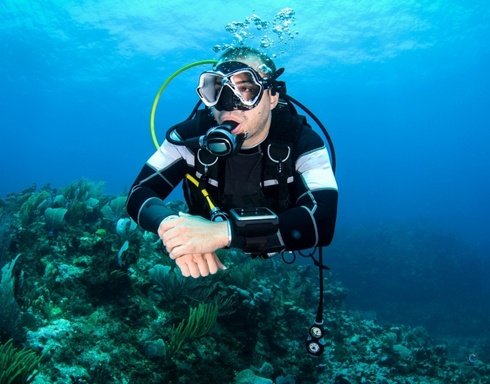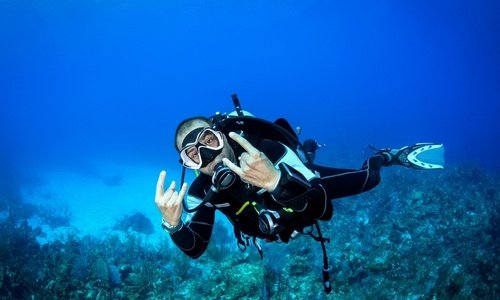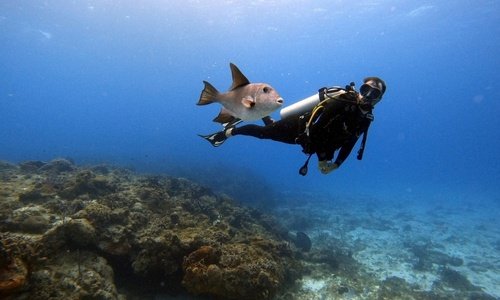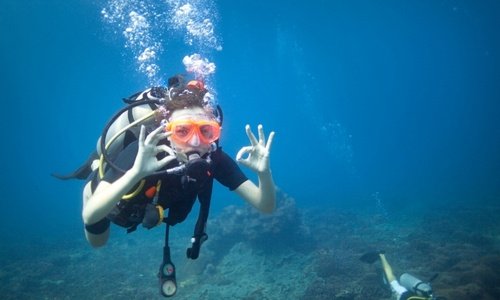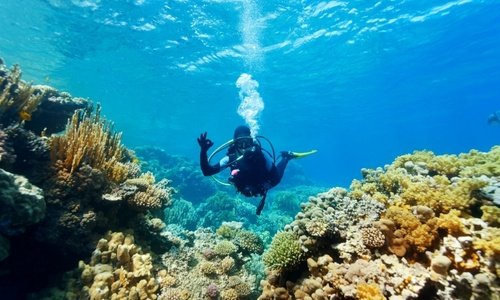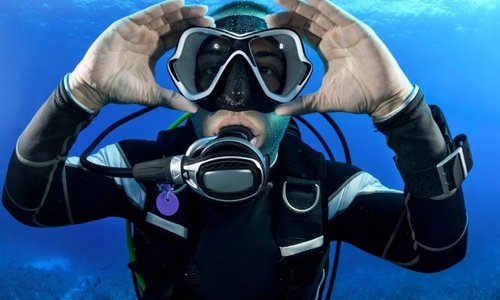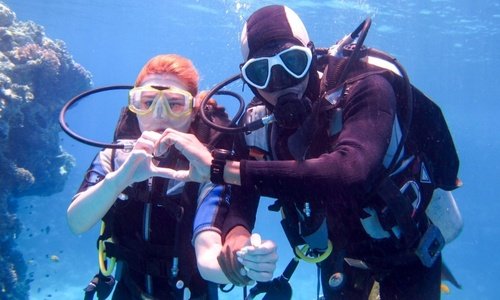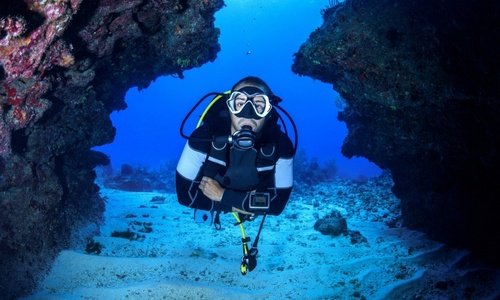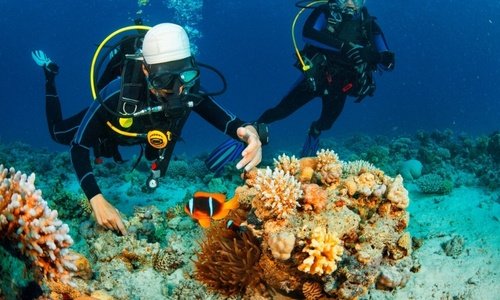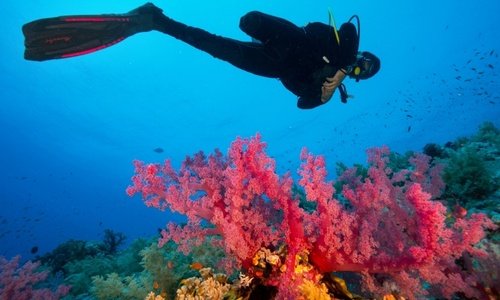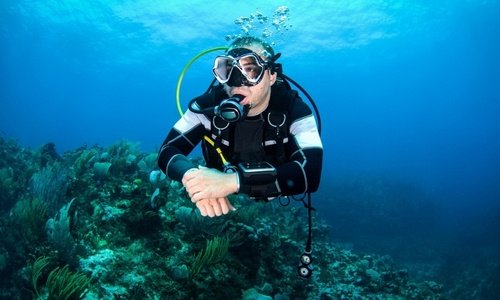Essential Scuba Diving Terminology
Scuba diving (Self-Contained Underwater Breathing Apparatus) is an exhilarating sport reliant on specialized equipment and systems that facilitate underwater respiration. Proficiency in the terminology used in this sport is paramount for enhancing both safety and overall diving experience. This guide provides clear explanations of fundamental terms frequently encountered by novice and experienced divers alike.
Core Equipment Terminology and Acronyms
The equipment used during a dive performs vital functions underwater. Knowing the precise nomenclature prevents communication errors and streamlines safety protocols. Understanding your scuba diving terminology starts here.
Understanding Essential Diving Gear
| Term | English Equivalent | Description |
| Scuba | Self-Contained Underwater Breathing Apparatus | The apparatus enabling the diver to breathe underwater without an umbilical connection to the surface. |
| Regülatör | Regulator | The critical device reducing the high-pressure gas from the tank to a breathable ambient pressure level for the diver. |
| BCD | Buoyancy Control Device | Allows the diver precise depth control by adding or venting air to maintain desired hydrostatic balance. |
| Maske | Mask | Essential equipment providing clear vision underwater by creating an air space over the eyes and nose. |
| Palet | Fins / Flippers | Footwear designed to generate efficient propulsion underwater with minimal energy expenditure. |
| Tüp | Tank / Cylinder | The metal container used to store pressurized breathing gas, typically air or Nitrox, for underwater use. |
Understanding Pressure Dynamics and Buoyancy Control
The varying pressure encountered underwater directly impacts how our bodies interact with dissolved gases. A firm grasp of concepts like pressure and buoyancy is fundamental for executing safe scuba diving operations.
 Mastering Depth Control: Buoyancy Concepts
Mastering Depth Control: Buoyancy Concepts
- Pressure: Atmospheric pressure at the surface serves as the reference point. Pressure increases by approximately 1 ATM for every 10 meters of descent, significantly affecting gas volumes in the sinuses and lungs.
- Buoyancy: This describes the body's state underwater: positive (tending to ascend), negative (tending to descend), or neutral (holding a static position).
- Neutral Buoyancy: This is the hallmark skill of an accomplished diver. It is the state of remaining suspended at a constant depth by expertly managing the buoyancy control device and weight system. Achieving neutral buoyancy conserves energy and prevents damage to delicate marine ecosystems.
Critical Safety Protocols and Emergency Terminology
The emergency procedures and safety stops taught during scuba certification courses are vital for managing potential risks. Adherence to these terms during dive planning and execution is non-negotiable.
Essential Monitoring Devices and Procedures
| Term | Description |
| SPG | Submersible Pressure Gauge. This essential instrument displays the remaining air supply in the tank (in pressure units), allowing the diver to monitor their air status continuously. |
| Safety Stop | A stop required at approximately 5 meters depth for 3 minutes before surfacing, designed to significantly mitigate the risk of decompression sickness (DCS). |
| Dekomp. (DCS) | Decompression Sickness. Occurs when nitrogen dissolved in tissues forms damaging bubbles due to too-rapid ascent. Prevented by strictly adhering to dive limits. |
| Visibility | Refers to the optical clarity of the water, a crucial factor considered during dive planning for both safety and enjoyment of the underwater panorama. |
Internalizing these essential scuba diving terminology points will undoubtedly make your underwater explorations safer and more professional. Ensure complete mastery of these concepts before commencing any dive activity, optimizing your performance with every descent.
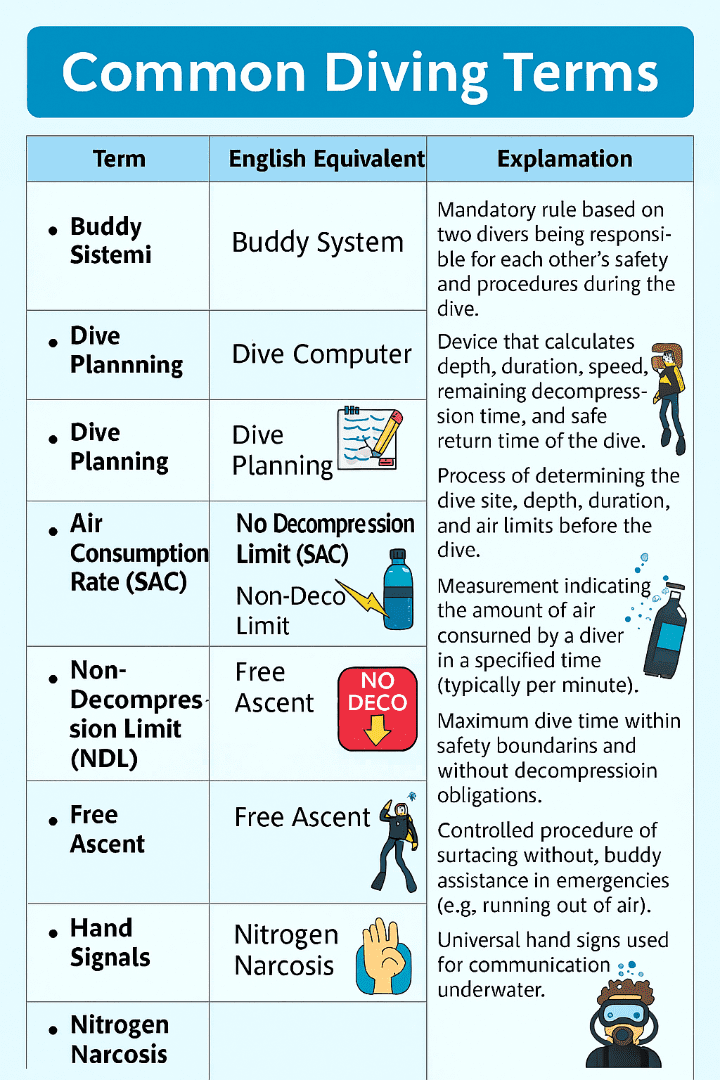
-
CAMPAIGNS
-
BOOK NOW

